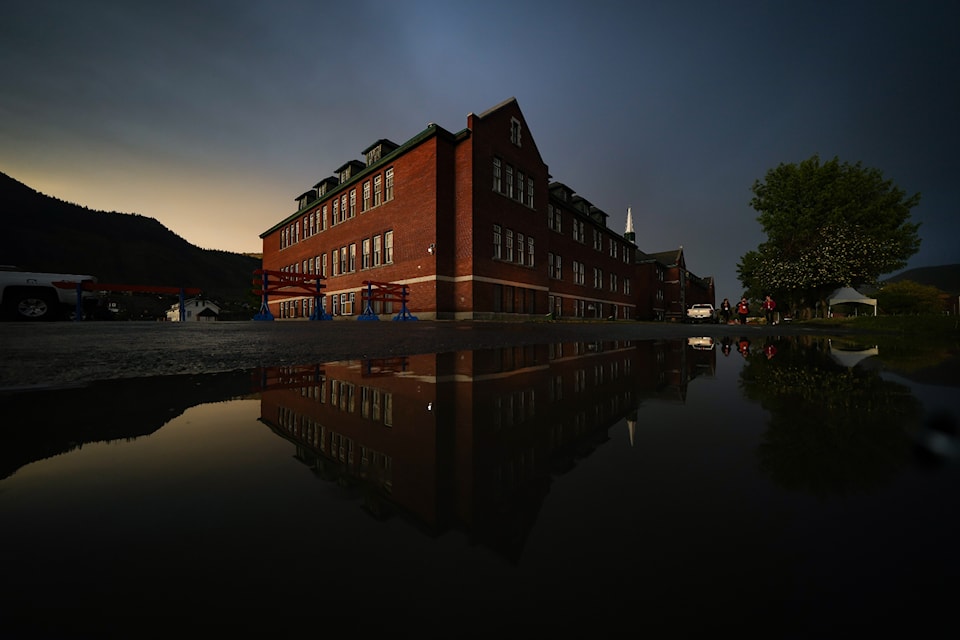The National Day for Truth and Reconciliation, observed each year on Sept. 30, is a statutory holiday in Canada, but it is not simply another day off.
The day was declared as a national statutory holiday in 2021, as a way to honour the Indigenous children who are survivors of the institutions referred to as Canada���߲��о���s residential schools, and to honour the Indigenous children who did not return home from those institutions.
Orange Shirt Day, an Indigenous-led grassroots day on Sept. 30, is also intended to raise awareness of the long-lasting effects of these institutions.
In 2024, the day falls on a Monday, making it a long weekend for many workers. However, treating this day as a day off or a break from work is inappropriate. Besides, there are plenty of other statutory days to serve that purpose.
This is a time for sombre reflection on an uncomfortable piece of Canada���߲��о���s history.
In Canada, 140 institutions referred to as residential schools operated between 1867 and 1996, although some of these institutions were in place prior to 1867.
Around 150,000 children were placed in these institutions.
The institutions were funded by the federal government and administered by a variety of religious denominations.
Children at these institutions were separated from their families and forbidden from speaking their languages and observing their religions.
The institutions referred to as residential schools are not part of the distant past. The last of these institutions closed its doors in 1996, less than 30 years ago.
The federal government, some provincial governments and religious organizations which ran these institutions have offered admissions of responsibility for their part in this chapter of Canadian history.
But these statements are not enough.
This piece of Canada���߲��о���s history will remain part of this country���߲��о���s past, no matter how many acknowledgements are given. The effects are long-lasting.
The Truth and Reconciliation Commission���߲��о���s report has 94 Calls to Action, in response to this chapter in Canada���߲��о���s history. The 94 Calls to Action must become realities, not just recommendations.
Observing the National Day for Truth and Reconciliation as a time of sombre reflection is one step in acknowledging the past and committing to a better present and future.
���߲��о��� Black Press



